The Andy Warhol Diaries on Netflix reveals his enduring impact on contemporary art
We review the new documentary, and showcase Warhol’s impact on modern culture through three artists: Deborah Kass, Jeff Koons and Glenn Ligon
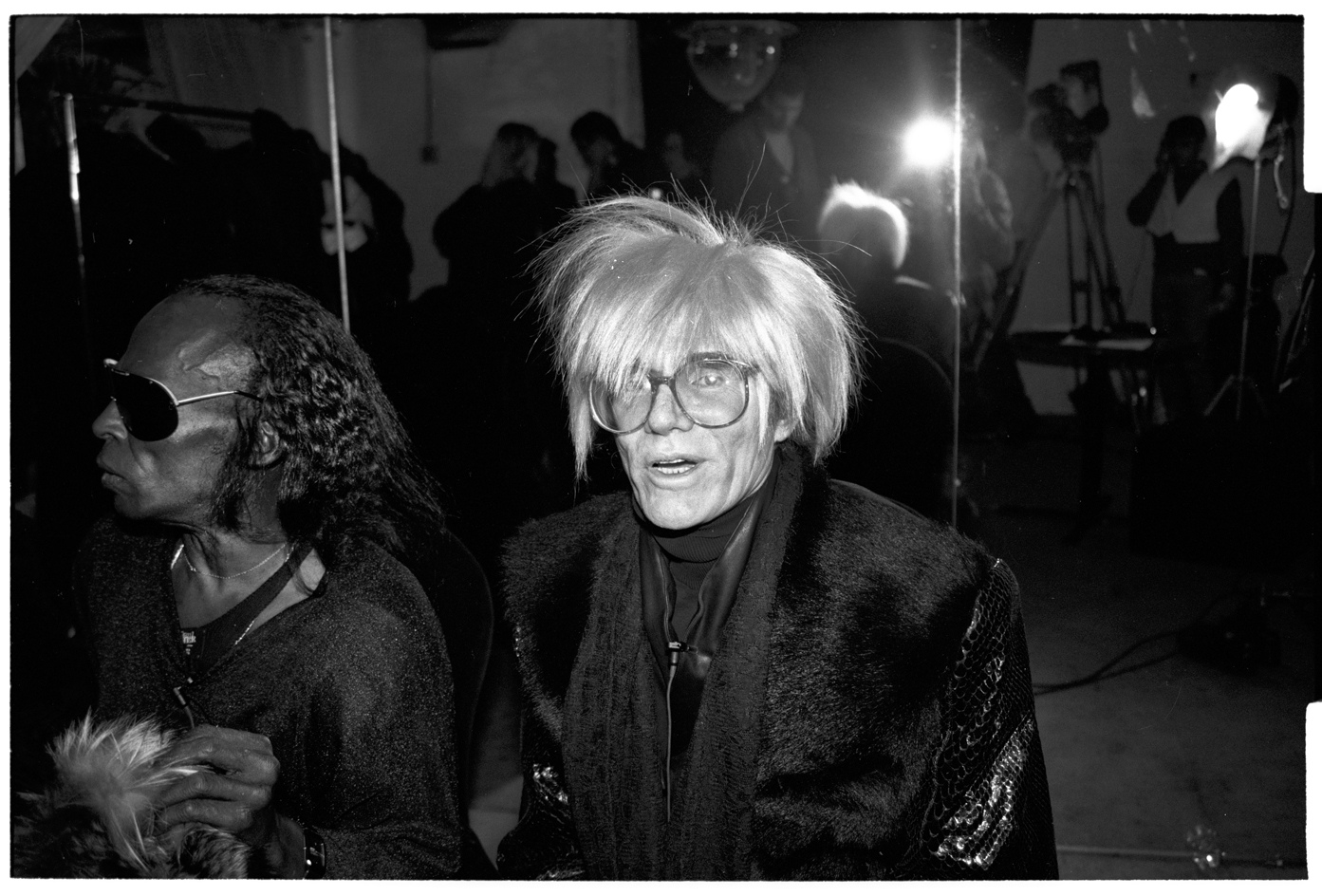
Andy Warhol is one of the most disseminated, duplicated, misinterpreted, fridge-magneted artists of all time. We’ve all heard many of the stories ad nauseam: The Factory, the 15 minutes, the Brillo, the Campbells, the Marilyns and the Elvises. Andy Warhol is everywhere. Well, the Andy Warhol we think is Andy Warhol.
Almost exactly 35 years since the famed pop artist died, Netflix has released The Andy Warhol Diaries, a new documentary that scratches beneath the surface of the artist’s enigmatic life and work. Ryan Murphy’s six-part series is steered by the best-selling book of the same name, compiled by editor Pat Hackett via a series of transcribed calls with the artist over more than a decade.
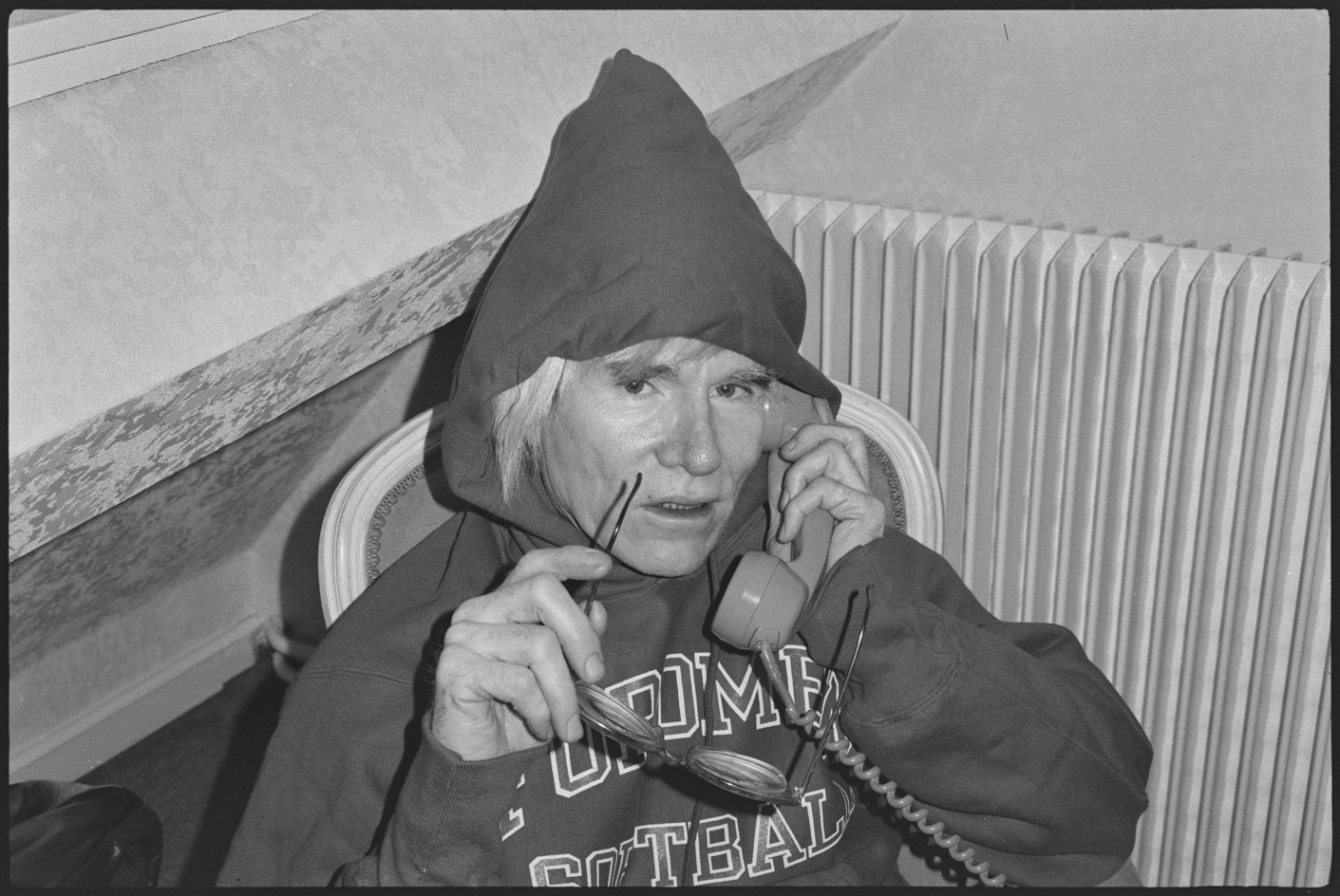
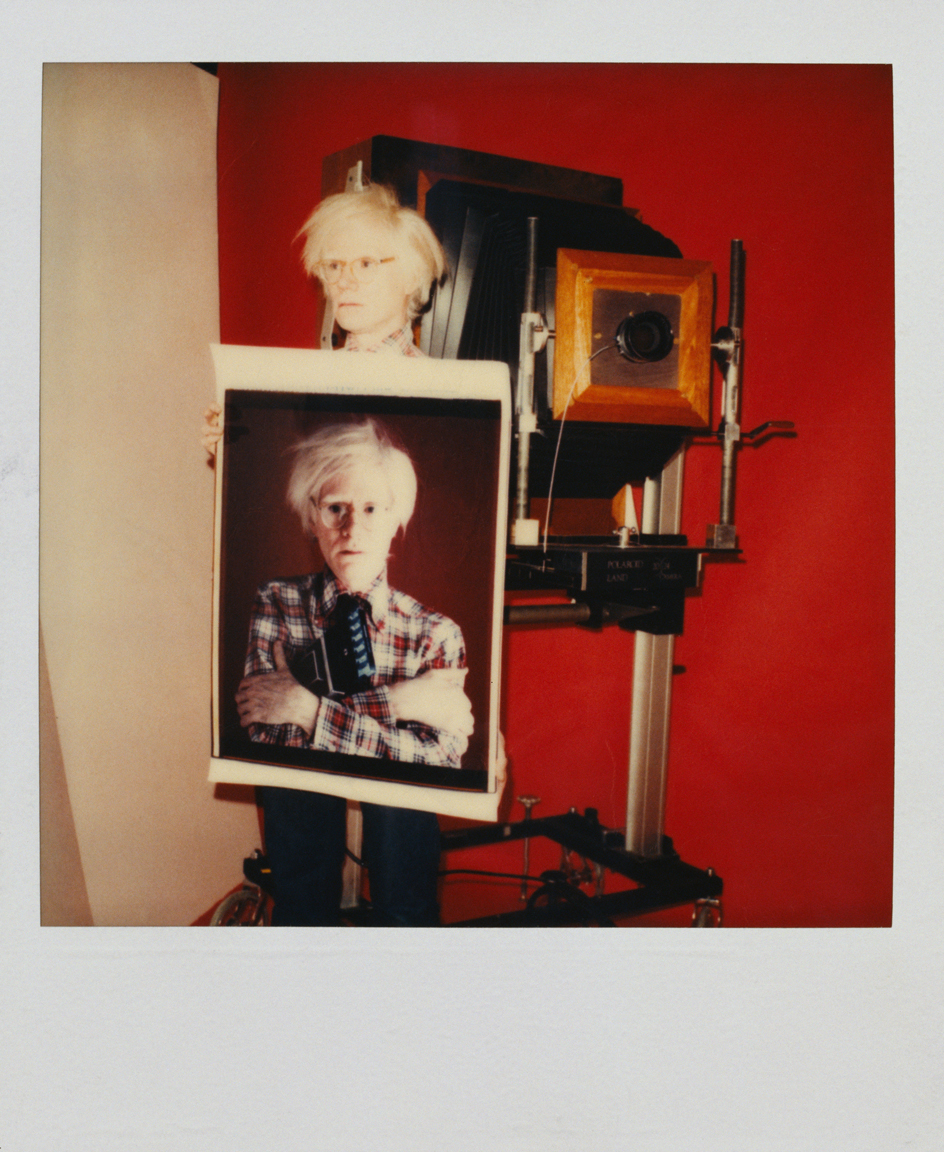
Warhol had a vision of the world that ended up fashioning an entirely new one, where celebrities were icons, profundity masqueraded as shallowness and mass-produced consumerism was high art. Andy Warhol was misunderstood. But this misunderstanding was engineered, perpetuated by the artist through artfully deployed red herrings surrounding his sexuality, approach to work and depth of thought – this is the Warhol mystique, and it remains insatiable.
The Andy Warhol Diaries – tender and mesmerising – lifts the curtain on Warhol’s ever-fascinating (and indistinguishable) life, work and loves, told in his own voice (well, a specially-programmed AI version – it seems the artist finally got his wish ‘to be a machine’).
Through interviews with friends such as Debbie Harry and Rob Lowe, and artists Glenn Ligon, Jamie Wyeth and Julian Schnabel, it highlights Warhol’s prophetic view of culture as we now know it, drenched in celebrity, self-obsession and image-saturation, but also increasingly fluid views on sexuality and creative collaboration.
Three contemporary artists inspired by Andy Warhol
Glenn Ligon
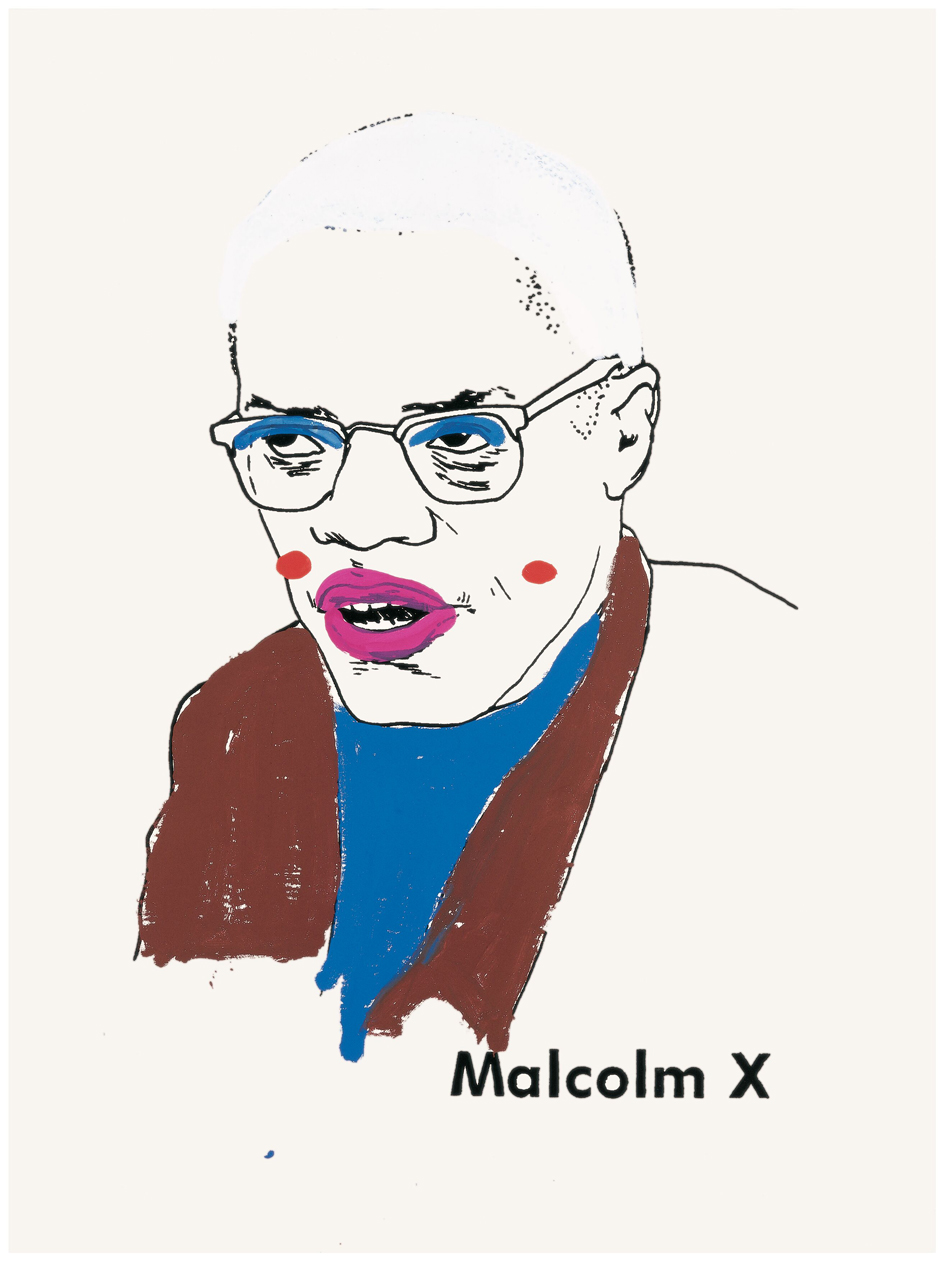
Glenn Ligon, Malcolm X (Version 1)2000, Vinyl-based paint, silkscreen ink and gesso on canvas
American conceptual artist Glenn Ligon first saw Warhol’s work on a high school trip to Soho, New York. Although now one of the leading voices of his generation, at 16, becoming an artist wasn’t yet on the cards. ‘I don’t think I knew what that work was about, but somehow I knew it was important. It seemed fun in a way. It was glamorous too,’ Ligon says in The Andy Warhol Diaries. ‘Seeing Warhol somehow triggered some desire. So even in my 16-year-old brain, I knew I was seeing something that was hugely powerful. A kind of way forward.’
Ligon’s much-cited essay Pay It No Mind, appears in the catalogue for the 2018 Whitney Museum show ‘Andy Warhol: From A to B and Back Again’. It’s a critical examination of Warhol’s 1975 series Ladies and Gentlemen, which features almost two hundred portraits of transgender women of colour. ‘Did Warhol know any ordinary Black people’? Ligon asks, going on to question the liberties Warhol took in depicting these individuals. In spite of his criticism, Ligon has noted his appreciation for Warhol’s work, partly in deceptive depth as an artist, and his ‘genius’ use of colour. In 2000, he explored the force of colour to staggering effect in the series Colouring, for which children were asked to colour pictures of Black icons in 1970s-era colouring books. Without understanding their historical gravity, the children deployed colour freely. In Malcolm X, the Civil Rights leader is depicted with a white face and wearing lipstick, blusher and blue eye shadow.
Deborah Kass
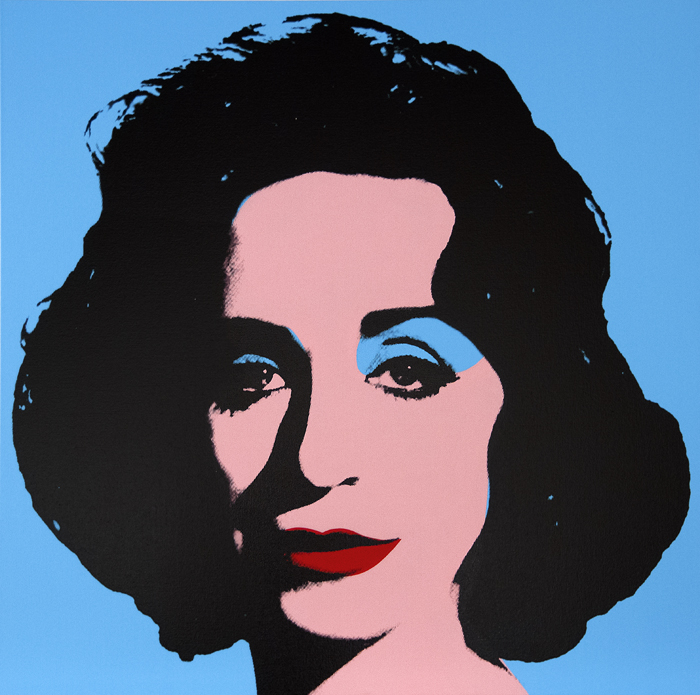
Deborah Kass, Blue Deb, 2000, silkscreen and acrylic on canvas
The flat, pop-coloured shapes, the grids of familiar faces, the variations on a colour scheme; Deborah Kass’ early work has Warhol’s visual language running through its veins. But there’s a twist, an important one. Kass focused on the deft appropriating and reworking of signature styles of leading 20th-century male artists. Part searing critique, part homage, her interest was in confronting the glaring omission of leading women in art history, and in society more broadly.
Wallpaper* Newsletter
Receive our daily digest of inspiration, escapism and design stories from around the world direct to your inbox.
In 1992, Kass began her ‘Warhol Project’, in which she subverted the pop artist’s ubiquitous celebrity paintings, revising these groupings with self-portraits and images of her own heroines, such as Gertrude Stein, Barbra Streisand and Cindy Sherman.
Blue Deb, at first glance, resembles a piece from Warhol’s 1960s series ‘Liz’ depicting the actress Elizabeth Taylor. But this painting, like many others, outwits the viewer’s complacency towards Warhol’s work – inimitable he may be, but he’s not exempt from reinterpretation.
By drawing on, and rewording the visual language of the past, Kass asks us to consider an alternative storyline in 20th-century art, in which the work of female artists was iconised as much as men’s, and the ‘tragic muses’ had autonomy. As she told filmmaker John Waters in 2007, ‘It’s always been my impulse to use art history as almost a ready-made.’
Jeff Koons
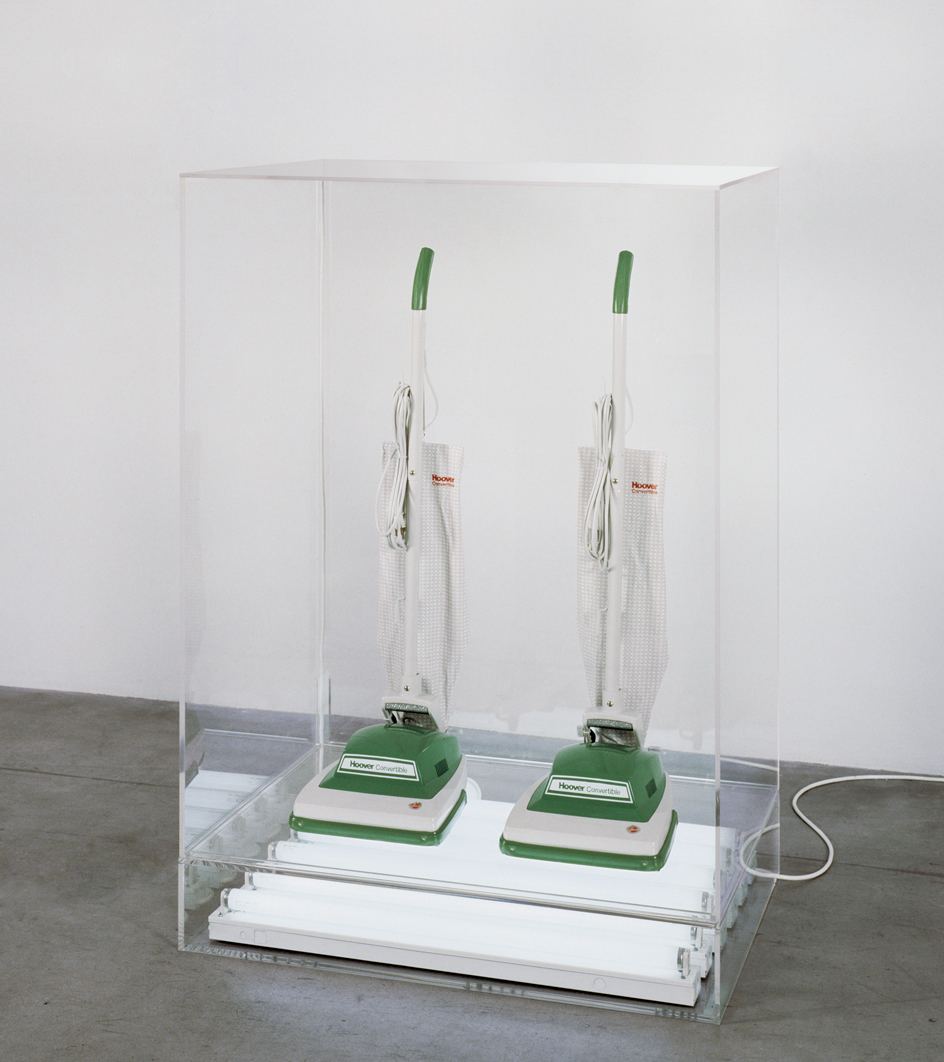
Jeff Koons, New Hoover Convertibles, 1984
Koons has made a USP from hoovering up art history – executed in literal terms with his 1980s vacuum cleaner readymades, and in a Duchampian vein, revising it into something entirely new.
Through Koons’ cut, pasted and reimagined motifs from pop culture and art history, we can identify the parallels between Warhol’s time and ours; the mass-consumerist, voyeuristic, self-obsessed banality reflected in, and often on the surface of his work. Like Warhol, it’s not so much about the artist, but about us.
On the face of it, the parallels between Koons and Warhol are easy to draw: they are both Pennsylvania natives, they both work in
visual hyperbole, in liberal depictions of sex, flowers, celebrity, have mainstream appeal and mask profundity with banality. But Koons has only openly referenced Warhol in one piece: Hulk Elvis I (2007), in which the Marvel character Hulk is positioned in the same stance as Warhol’s Double Elvis (1963), itself a riff on a publicity still for the 1960 film Flaming Star.
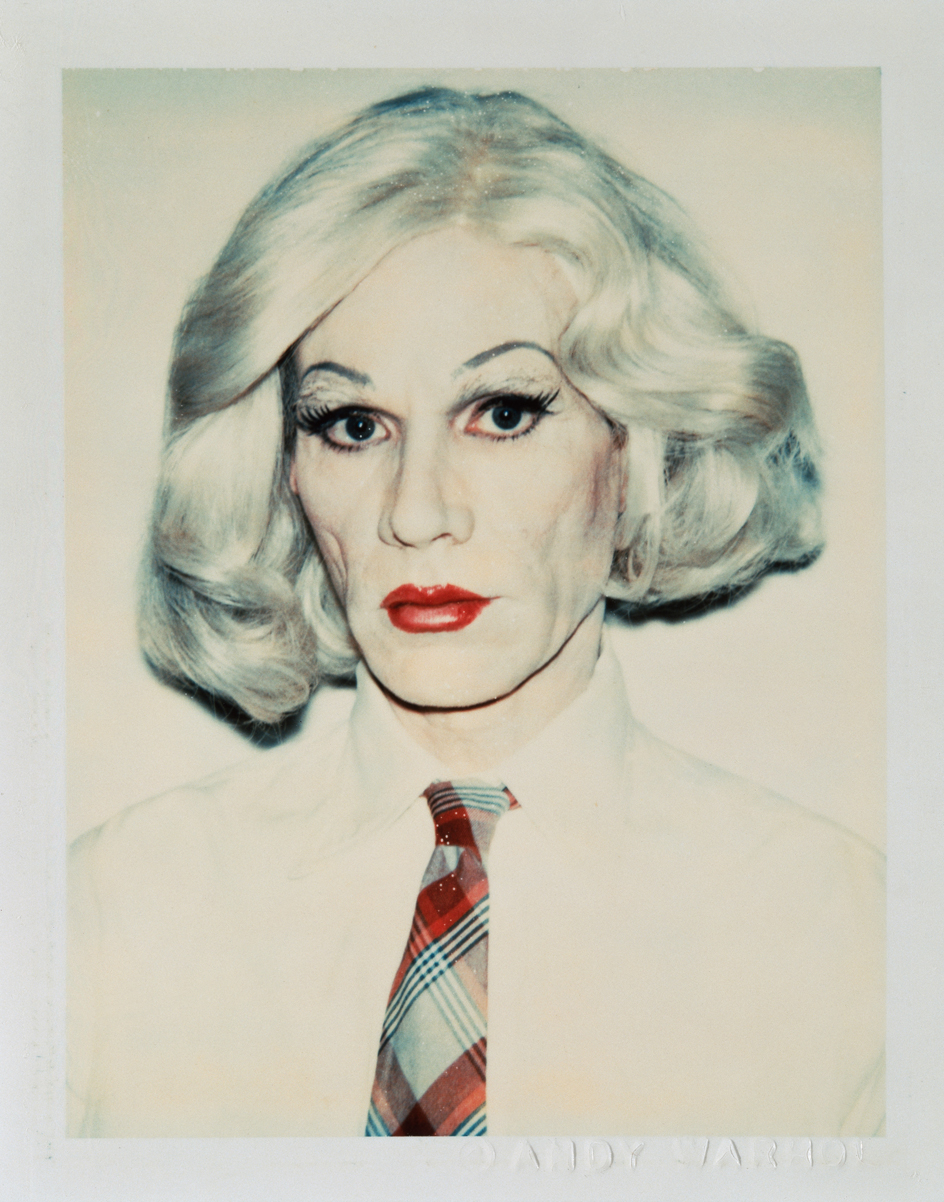
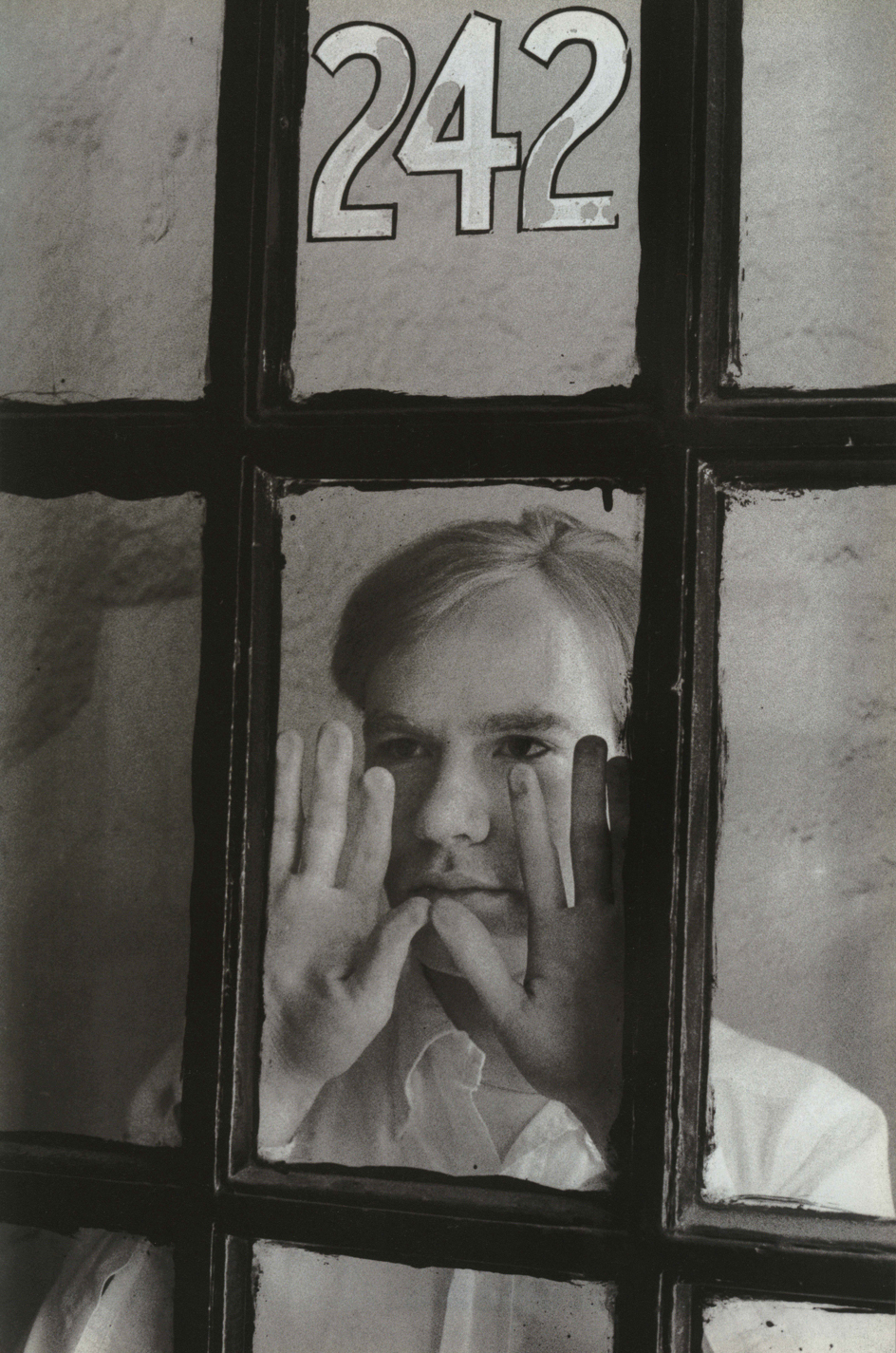
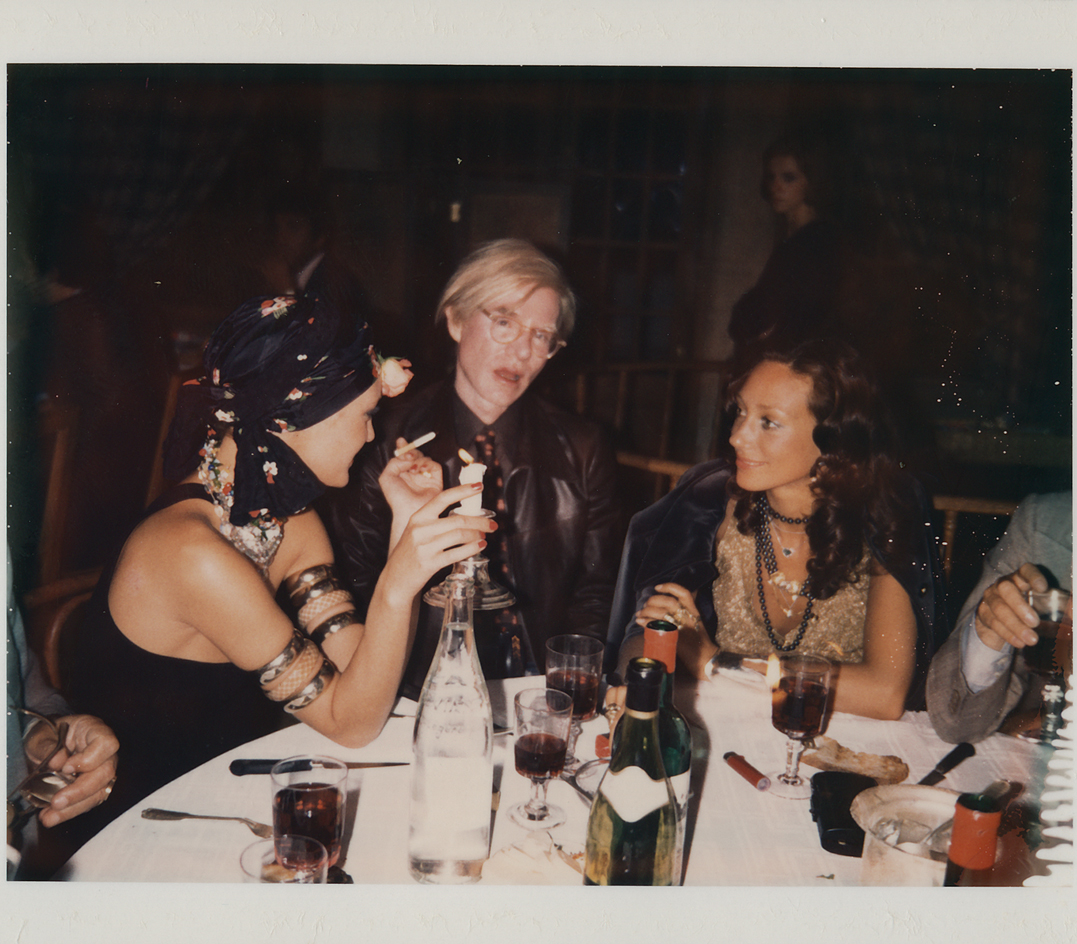
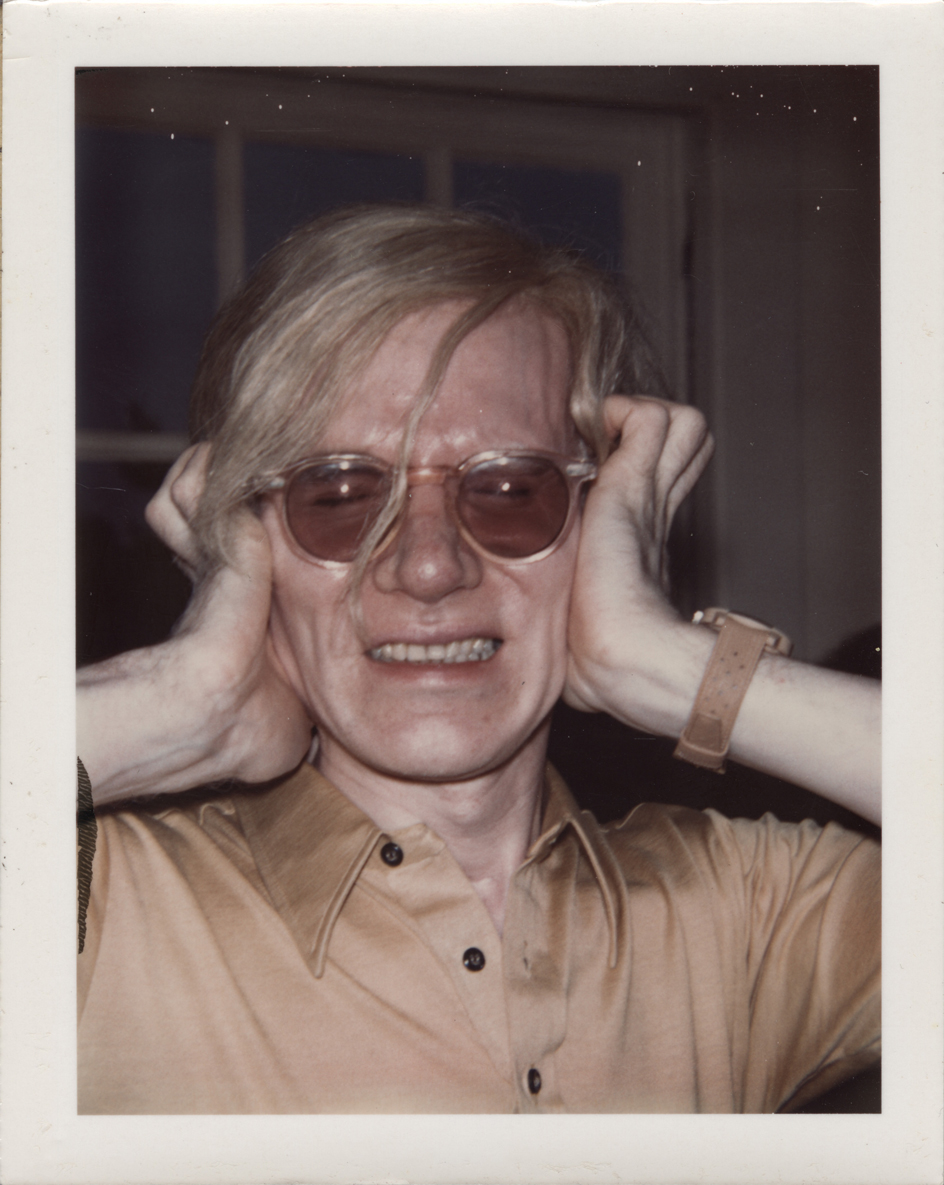
Harriet Lloyd-Smith was the Arts Editor of Wallpaper*, responsible for the art pages across digital and print, including profiles, exhibition reviews, and contemporary art collaborations. She started at Wallpaper* in 2017 and has written for leading contemporary art publications, auction houses and arts charities, and lectured on review writing and art journalism. When she’s not writing about art, she’s making her own.
-
 Nikos Koulis brings a cool wearability to high jewellery
Nikos Koulis brings a cool wearability to high jewelleryNikos Koulis experiments with unusual diamond cuts and modern materials in a new collection, ‘Wish’
By Hannah Silver
-
 A Xingfa cement factory’s reimagining breathes new life into an abandoned industrial site
A Xingfa cement factory’s reimagining breathes new life into an abandoned industrial siteWe tour the Xingfa cement factory in China, where a redesign by landscape specialist SWA Group completely transforms an old industrial site into a lush park
By Daven Wu
-
 Put these emerging artists on your radar
Put these emerging artists on your radarThis crop of six new talents is poised to shake up the art world. Get to know them now
By Tianna Williams
-
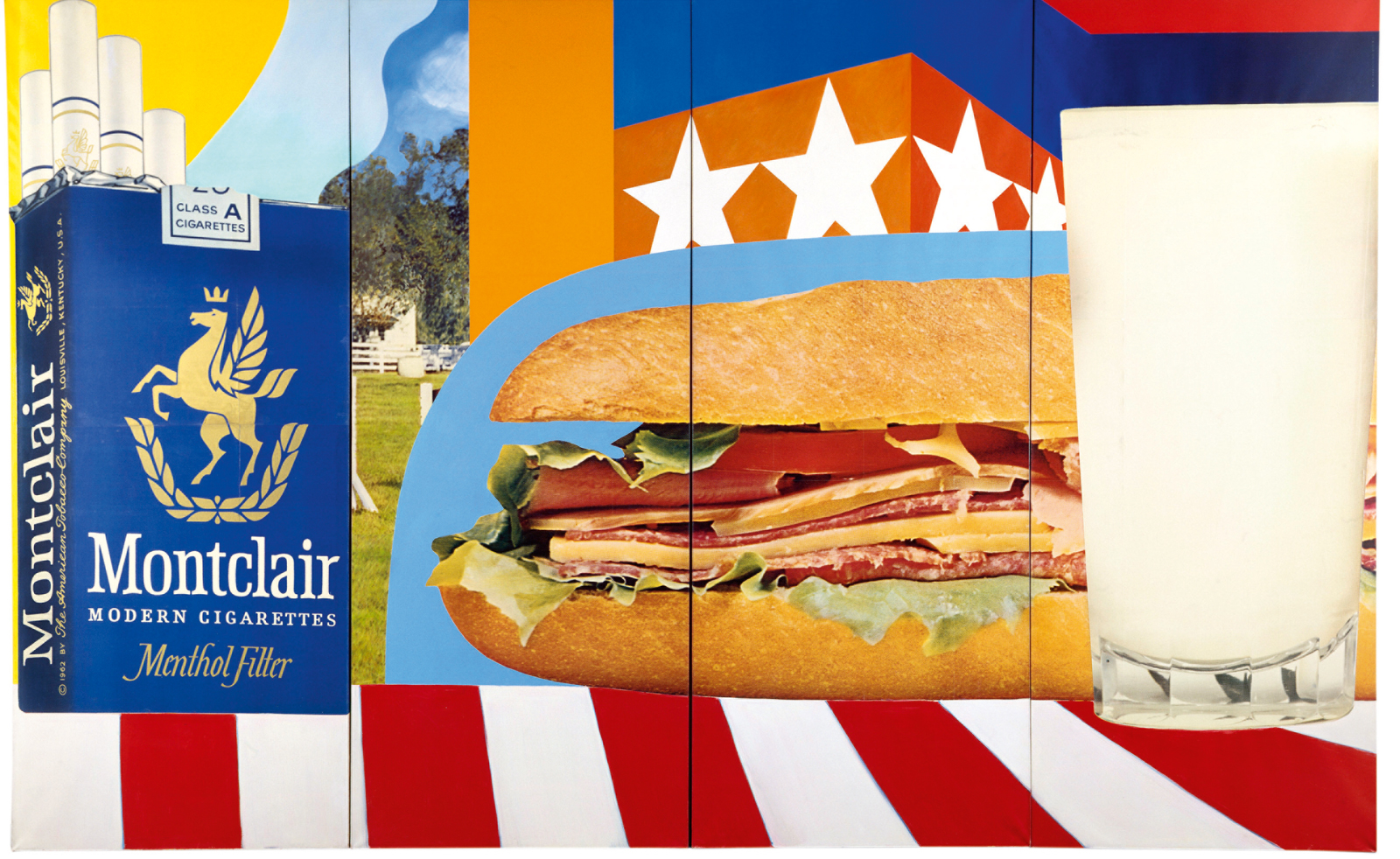 Tom Wesselmann’s enduring influence on pop art goes under the spotlight in Paris
Tom Wesselmann’s enduring influence on pop art goes under the spotlight in Paris‘Pop Forever, Tom Wesselmann &...’ is on view at Fondation Louis Vuitton in Paris until 24 February 2025
By Ann Binlot
-
 Julie Mehretu is the latest artist to transform a BMW racing car into a dynamic artwork
Julie Mehretu is the latest artist to transform a BMW racing car into a dynamic artworkThis is the 20th BMW Art Car, a BMW M Hybrid V8 racecar that’ll take to the track at Le Mans with a livery created by artist Julie Mehretu
By Nargess Banks
-
 Richard Bernstein's bold covers for Andy Warhol's 'Interview' magazine go on show in New York
Richard Bernstein's bold covers for Andy Warhol's 'Interview' magazine go on show in New YorkBernstein's portraits of stars, including Cher, Stevie Wonder, Fran Lebowitz, Mick Jagger and Grace Jones can be seen at Neuehouse, Manhattan.
By Hannah Silver
-
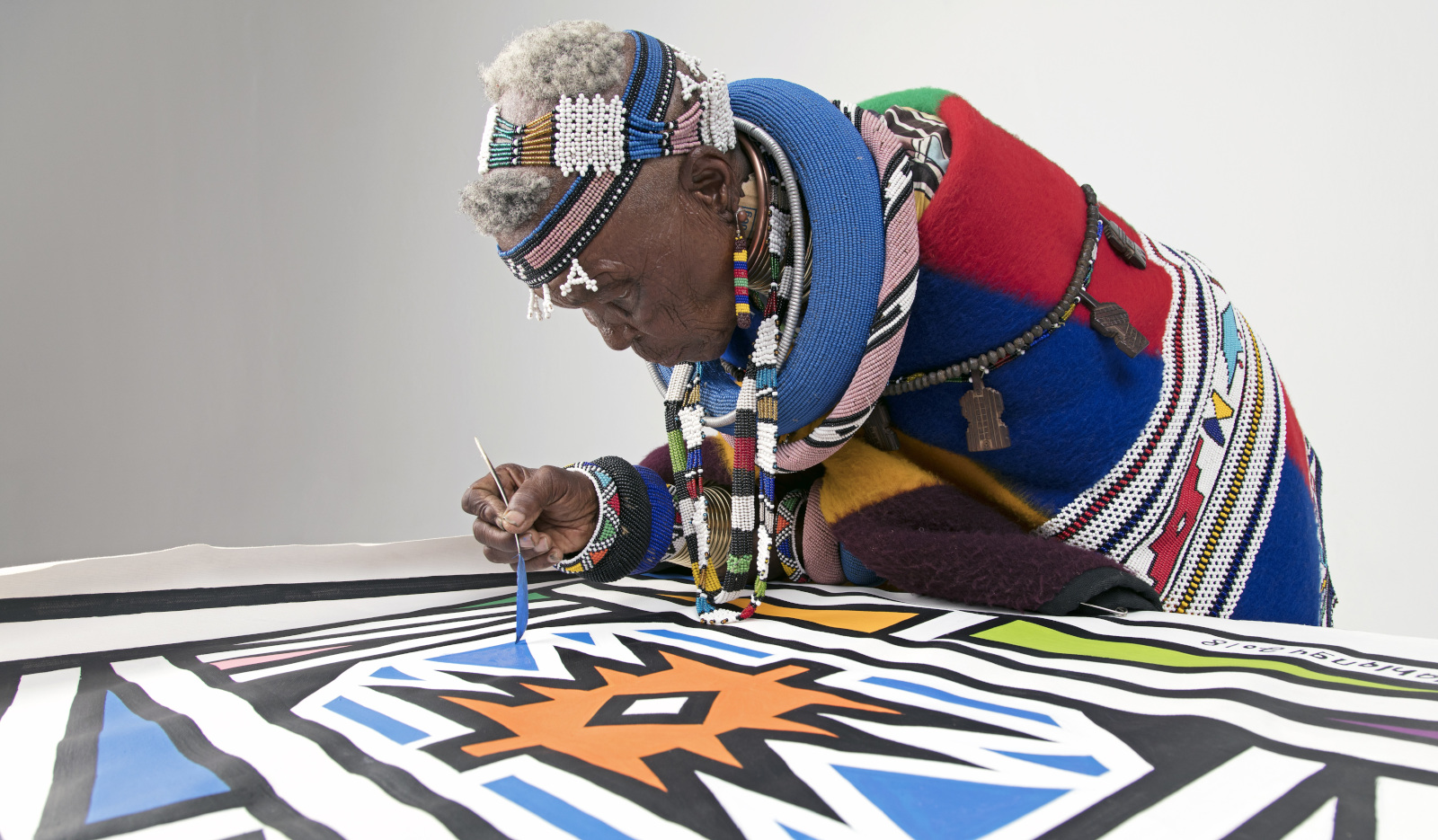 Esther Mahlangu’s first retrospective features the iconic BMW 525i Art Car
Esther Mahlangu’s first retrospective features the iconic BMW 525i Art CarEsther Mahlangu showcases ‘Then I knew I was good at painting’ at the Iziko Museums of South Africa in Cape Town
By Nargess Banks
-
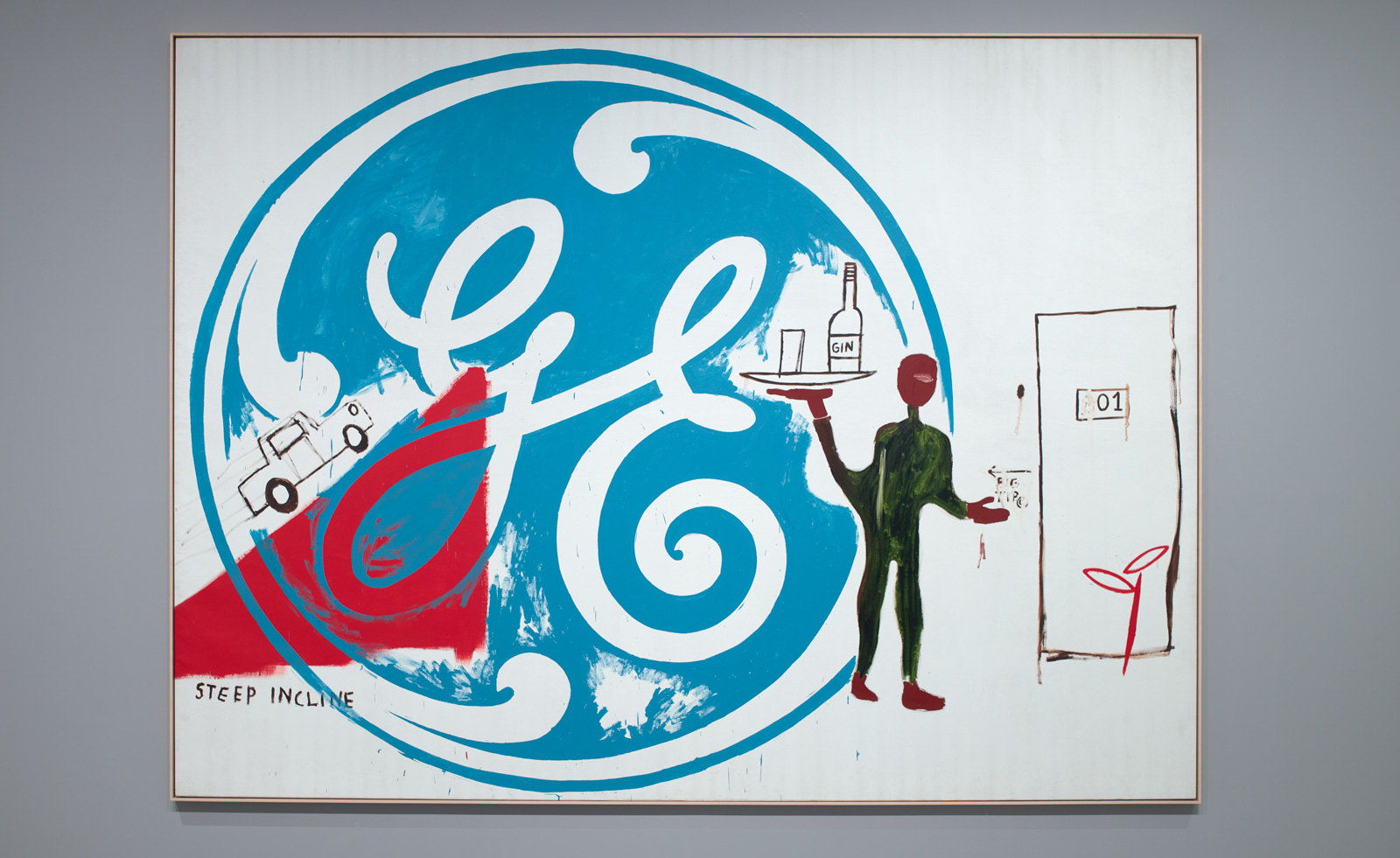 Jean-Michel Basquiat and Andy Warhol’s fruitful partnership explored in Paris
Jean-Michel Basquiat and Andy Warhol’s fruitful partnership explored in ParisFondation Louis Vuitton presents ‘Basquiat x Warhol. Painting 4 Hands’, exploring the collaboration between the two artists
By Hannah Silver
-
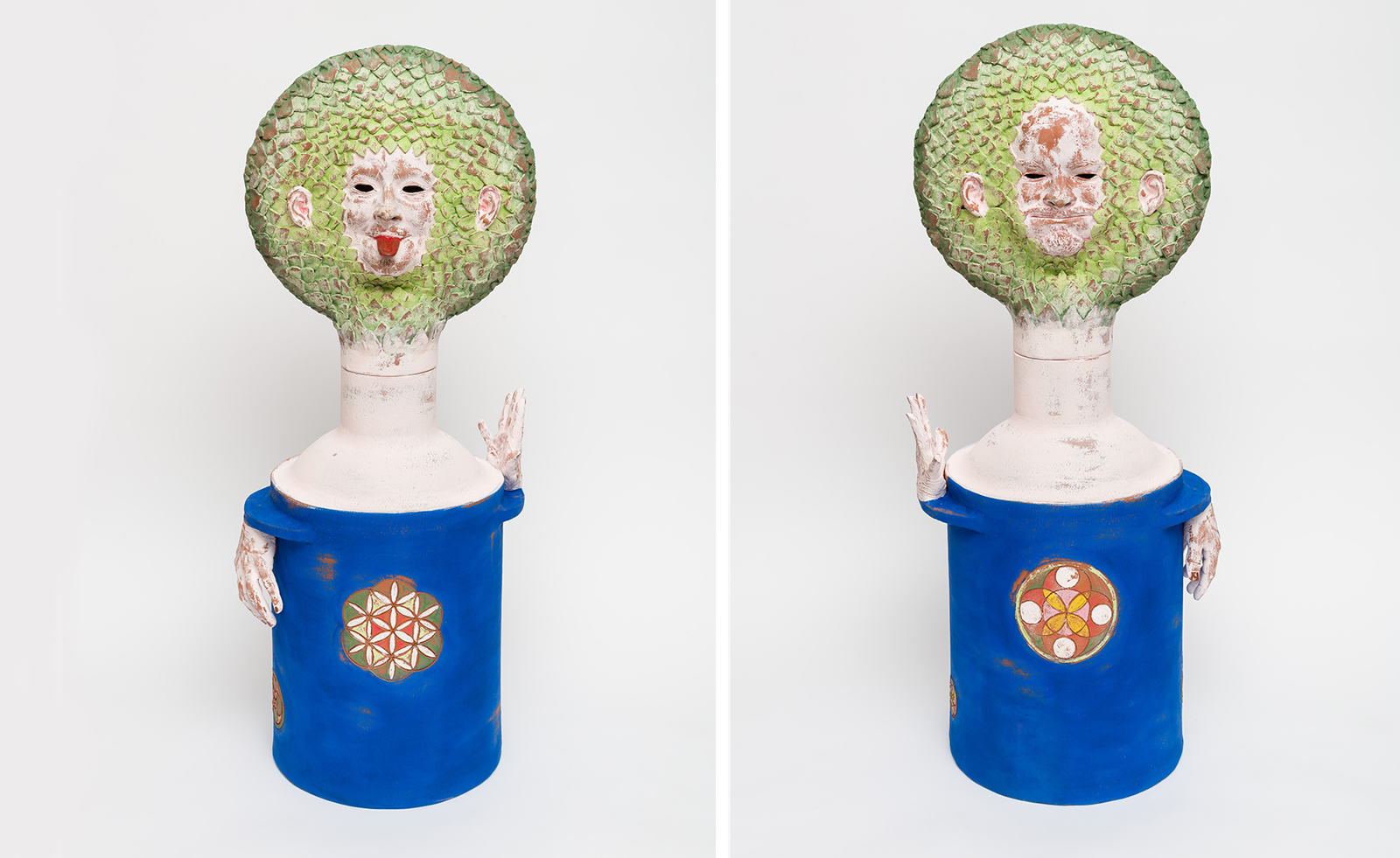 Ceramic artists: top trail-glazers breaking the mould
Ceramic artists: top trail-glazers breaking the mouldA way with clay: discover the contemporary ceramic artists firing up a new age for the medium
By Hannah Silver
-
 The best art gifts for the creative in your life
The best art gifts for the creative in your lifeGet inspired with our ongoing guide to the best art gifts
By Harriet Lloyd-Smith
-
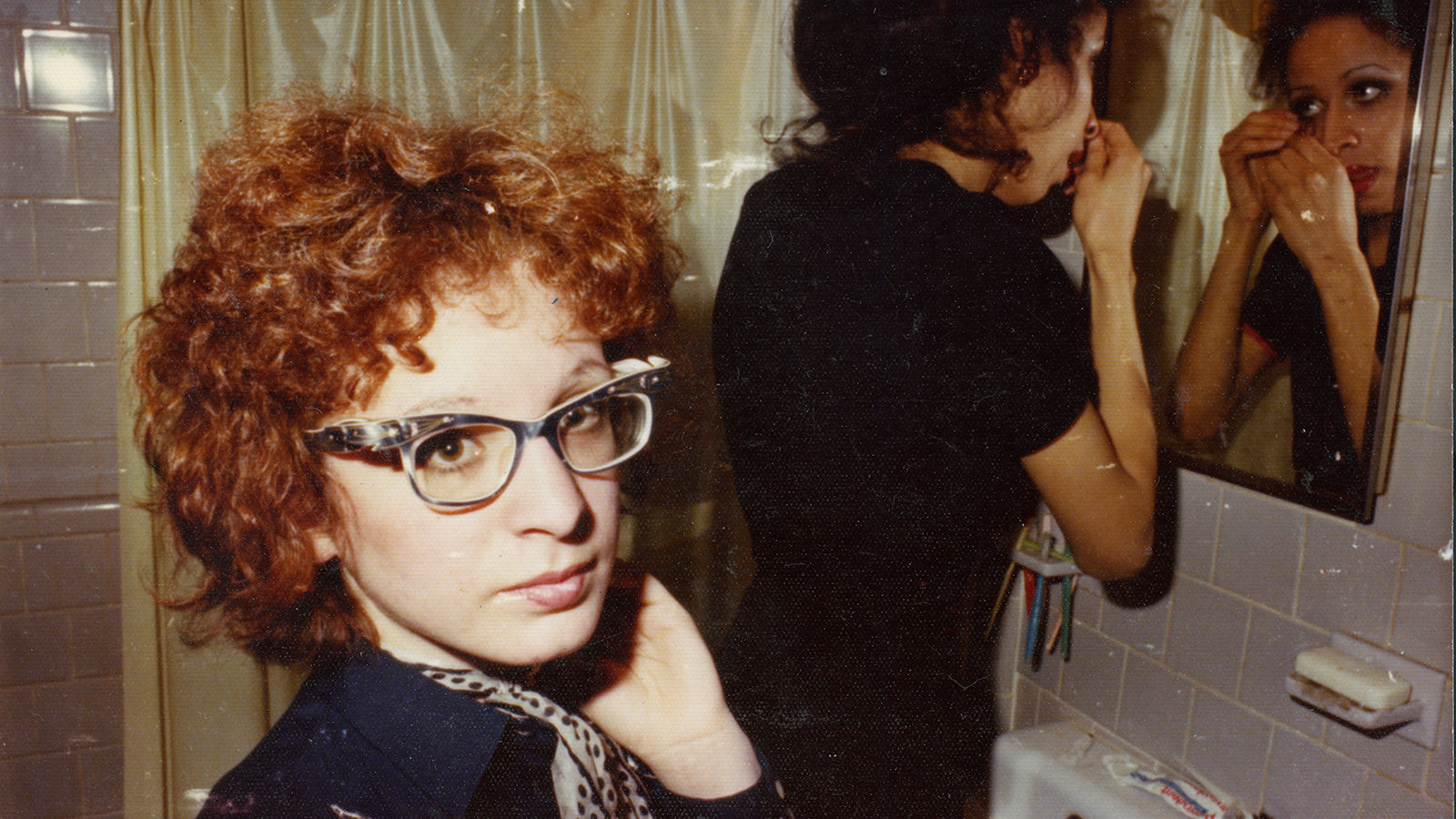 Nan Goldin documentary is a gritty tale of addiction, resilience, and battles with the Sackler family
Nan Goldin documentary is a gritty tale of addiction, resilience, and battles with the Sackler familyAll the Beauty and the Bloodshed, directed by Laura Poitras chronicles acclaimed photographer Nan Goldin’s complex life, work, and tireless activism to hold power to account
By Harriet Lloyd-Smith